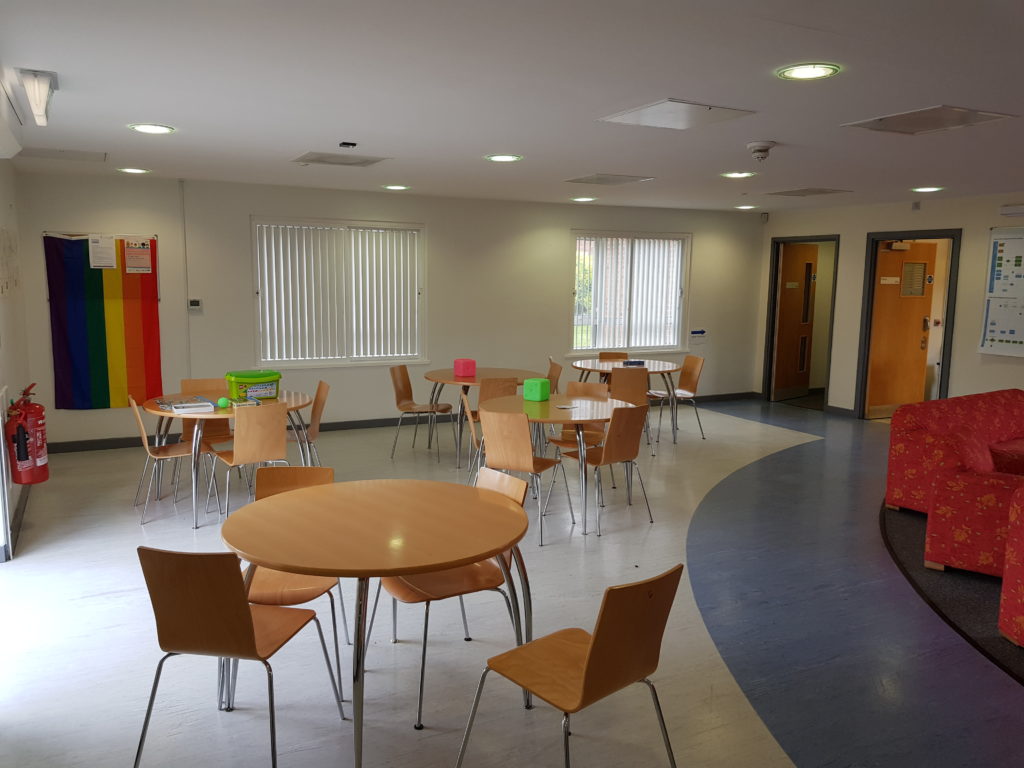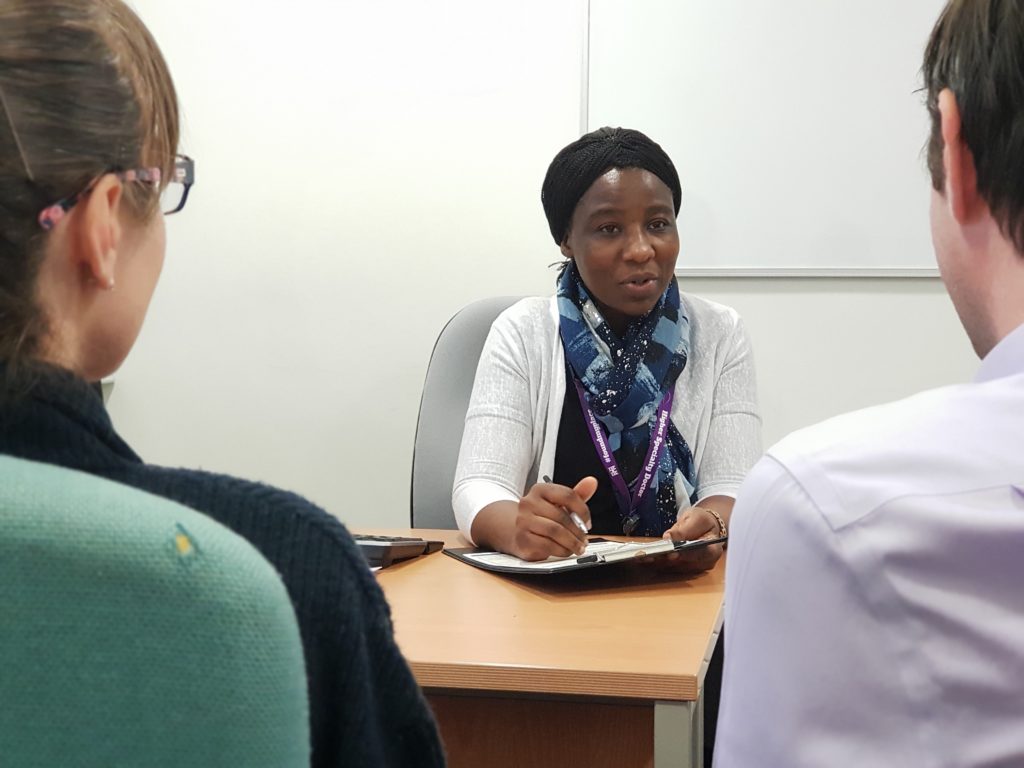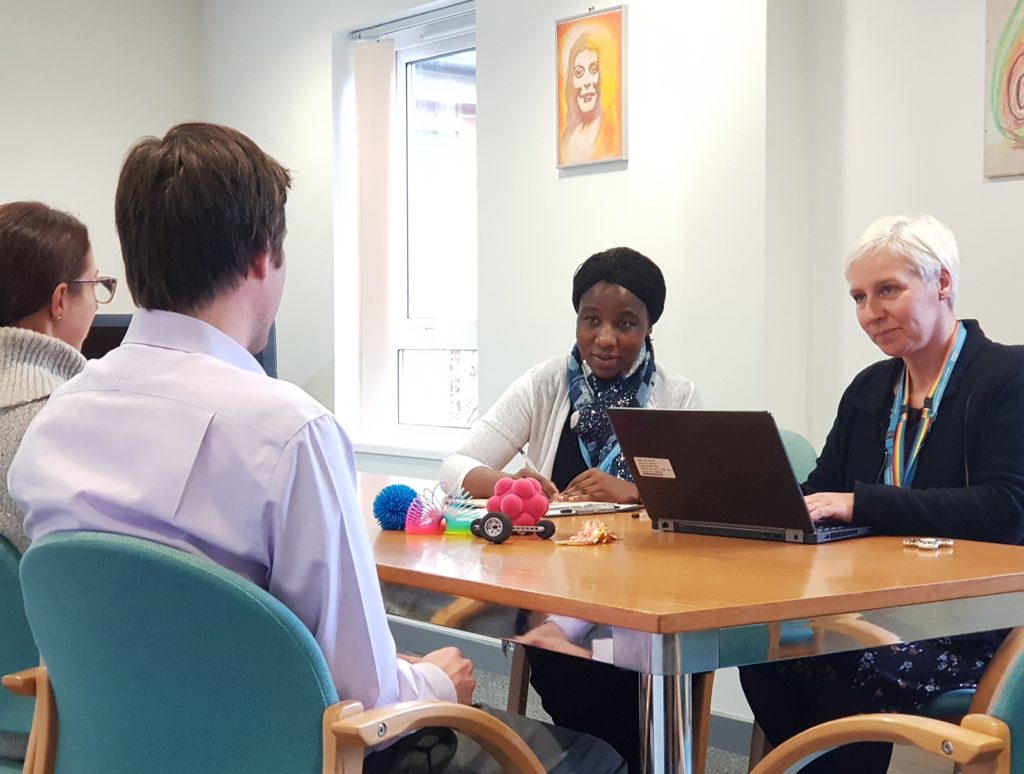Autism Diagnostic Service (LADS)
This section is for you if you want to refer yourself for an autism assessment or if you’ve been accepted for an assessment.
We know that the idea of completing a referral or going for an autism assessment can be daunting. We hope the information below will help you understand what to expect.
Your assessment and appointments
The first step of the pathway is reviewing your developmental history. Autism is a developmental condition, which means autistic features are usually present in childhood. Therefore, it’s important for us to gather some information about what you were like as a child. Ideally, this is from a parent, but if a parent is not available, we can gather information from other relatives, family friends, or school reports. The information can be gathered using a questionnaire, by telephone, video call or face-to-face appointment. If you don’t have anybody to provide a developmental history, we can still proceed with the autism assessment, but it may not be possible to come to a definite diagnostic decision.
In most cases, your developmental history will be reviewed before your initial assessment. This is because it may enable us to determine your diagnostic outcome at your initial assessment. When this isn’t possible, a staff member will explain the next steps to you.
The second step of the pathway and the first appointment you have with us is called an initial assessment. The purpose of this appointment is to gather relevant background information and continue the autism assessment process. It is normally with one clinician (although occasionally other staff members or trainees will be present) and lasts about two hours.
If you require an extended developmental history review, we will aim to do the initial assessment with you and the developmental history appointment with your relative at the same time or as close together as possible.
Four previous service users of Leeds Autism Diagnostic Service share their experiences of the assessment pathway below:
Take a look round our building
If you come to us for a face-to-face appointment, you might be wondering what to expect. The video below gives you a quick tour so it’s not unfamiliar when you come for your appointment.

Waiting Area

Clinic room

The outcome of your assessment
Following the completion of the initial assessment and developmental history, there are three possible outcomes:
- Autism diagnosed
- Autism not diagnosed
- Clinical decision meeting required
We diagnose autism in about 60% of cases. There are various reasons for autism not being diagnosed, the most common being that your difficulties may be better explained by something else – such as mental health issues, another neurodevelopmental condition such as ADHD, or childhood trauma. We will always explain the reasons for not making an autism diagnosis and if necessary will signpost/refer you on to other services for further assessment and treatment of other conditions.
In more complex cases, the service may invite you to return for further assessment. This is called a clinical decision meeting. Normally, it’s a face-to-face appointment with at least two of our clinicians, lasting about two hours. During the meeting we may ask you to do some simple activities (such as looking at pictures of social situations) which help us check for autism. These activities are adapted from the Autism Diagnostic Observation Schedule (ADOS) assessment tool.
Follow up appointments
Service users who meet the diagnostic criteria for autism will be offered a follow-up appointment. This appointment will provide further information about autism and will point you in the direction of other relevant support services. Additional peer support follow-up sessions are normally available on request from the Leeds Autism Hub.
Second opinions
We sometimes get requests for second opinions. These are normally from people who have undergone an autism assessment, either at Leeds Autism Diagnostic Service or through another autism service, and do not agree with the diagnosis.
We will only offer a second opinion when new and compelling information is present – normally this means extra developmental or collateral history from a mental health professional or close relative.
Have your say and help us make positive changes
Join our Service User Reference Group
We’re looking for more people to join our Service User Reference Group and would like to hear from anyone who we’ve diagnosed with autism who would like to have a say in how we deliver our service.
Our Service User Reference Group has had a positive impact on the Leeds Autism Diagnostic Service through critiquing and commenting on elements of our service such as care pathways, clinical documentation and service improvement proposals. It’s a great opportunity to have your views heard and help us to make positive changes which will benefit those who are currently using our service, and those who come to us in future.
The group meets four times a year, either via Zoom, or in person, at our base at Aire Court in Middleton. People who regularly attend and give us their feedback and views will be paid for their time.
If you’re interested in finding out more, please email lads.lypft@nhs.net with your contact details and ‘SURG’ as the email subject line, and we’ll get in touch with more information.
Send us your feedback
We welcome feedback from service users, carers and professionals. If you’ve had experience of our service and would like to offer your feedback and opinions, please complete our online questionnaire.
Page last updated: 16th May 2024 4:51pm